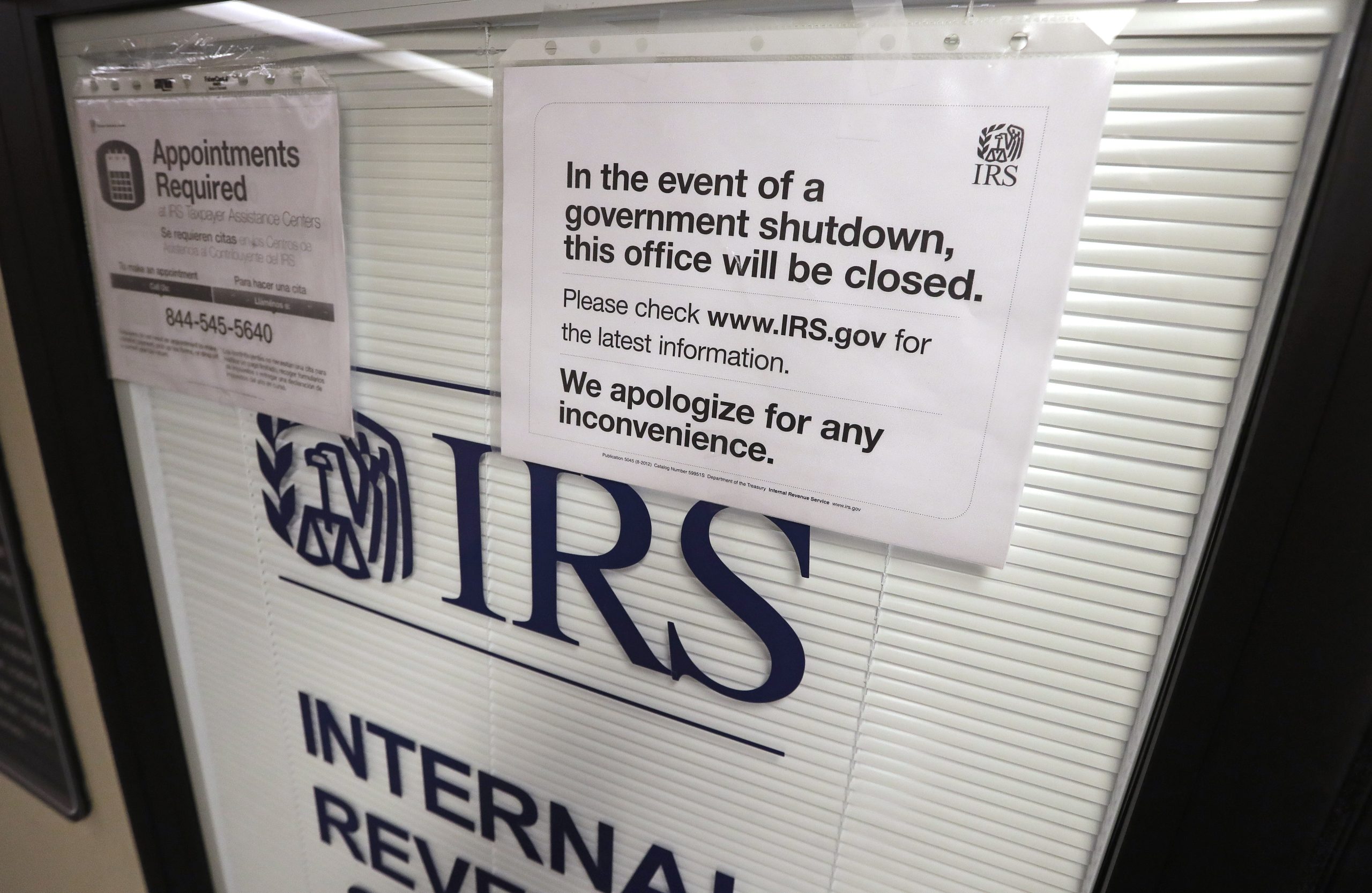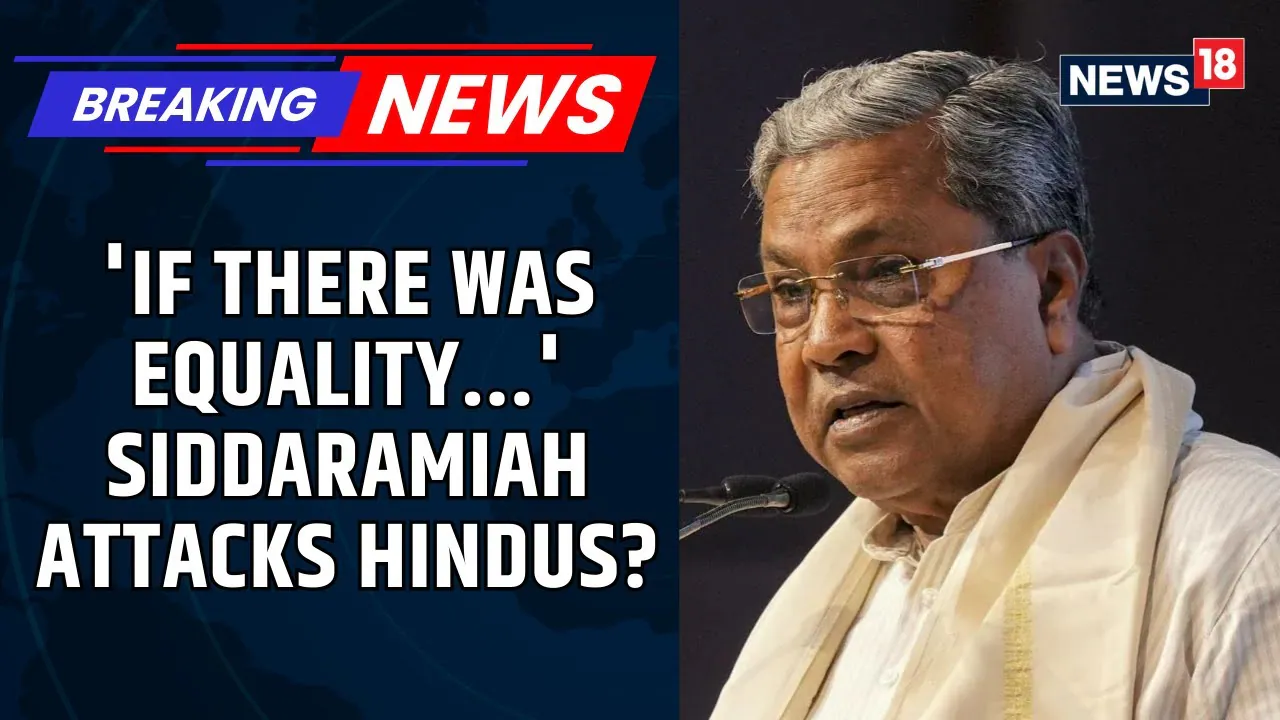By Ana Radelat
Copyright minnpost

WASHINGTON — The nation is barreling toward a government shutdown next week that would disrupt federal services, delay benefits and payments and create economic uncertainty for many Minnesotans.
The prospects of a shutdown increased Tuesday as President Donald Trump abruptly canceled a meeting he had agreed to with Democratic leaders in Congress who were seeking concessions in return for their support.
Trump posted on Truth Social that “after reviewing the details of the unserious and ridiculous demands being made by the Minority Radical Left Democrats in return for their Votes to keep our thriving Country open, I have decided that no meeting with their Congressional Leaders could possibly be productive.”
A shutdown occurs when Congress fails to pass all 12 annual appropriations bills or pass a temporary “continuing resolution,” or CR, to fund the government by the start of the new federal fiscal year on October 1.
Related: D.C. Memo: Dems insist on health care funding as shutdown looms
Since Congress failed to pass any of the appropriations bills and Republicans and Democrats failed to agree on a short-term funding spending bill, a shutdown appeared imminent Tuesday. Unless there is a last-minute deal, all federal workers who are not deemed essential will be furloughed without pay. That would result in delays and disruptions of many services.
The impact will be felt in Minnesota and all other states. And the disruptions will grow the longer it takes for the federal government to reopen. Here’s how:
While air traffic controllers and Transportation Security Administration (TSA) agents are usually deemed essential and continue to work, understaffing can lead to longer lines and travel delays.
New applications for Social Security benefits for seniors will not be processed, although payments to existing recipients will continue. Social Security recipients with questions about benefits will find that no one answers their phone calls.
Medicare applicants seeking information about benefits under the program also won’t be able to reach anyone.
Minnesota companies with federal contracts — which account for billions of dollars in revenue every year — will find applications for new contracts on hold. Some with existing contracts may find payments have stopped until the federal government reopens.
Federal courts would remain open, at least for a while, because they would be funded by court fees. But that revenue would eventually be exhausted and those courts may put off hearing civil cases.
National parks and museums may or may not remain open, but restrooms and other facilities could be closed.
Those seeking mortgages backed by the federal government, such as FHA and veteran’s loans, would see delays. So would businesses seeking loans from the Small Business Administration and investors seeking information from the Securities and Exchange Commission and other government agencies that routinely report on the nation’s economy.
Farmers might lack the data they need from the U.S. Department of Agriculture to plan for next year’s planting season or to get technical assistance if Farm Service Agency offices are closed.
And Minnesotans living on tribal lands could lack funding needed for health care, law enforcement and other services.
A political game of chicken
Perhaps the most severely impacted would be the state’s federal workers, who, if deemed essential, would work with no pay. If not considered essential, they would be furloughed with no pay. According to the state Department of Management and Budget, there were 18,183 federal civilian employees in Minnesota as of Sept. 12.
Those workers would eventually receive back pay, but for many a shutdown that lasts even just a couple of weeks could hurt their ability to pay mortgages and other bills.
Some recent shutdowns have only lasted a day. Others have lasted longer. The last one began at the end of 2018 and lasted 35 days. That shutdown, the longest in history, was a result of a dispute over Pres. Trump’s border wall funding and was considered a partial shutdown because Congress had approved five spending bills.
Minnesota’s state agencies would also be impacted, especially if the government is shut down for weeks or months.
Due to concern that the federal government might shutter, Department of Management and Budget spokesman Patrick Hogan said state agencies were asked in early September to provide information about the status of their federal funding.
Hogan said most agencies already have funds that were appropriated in this fiscal year that would allow them to operate normally for a while.
“We can withstand a short shutdown,” he said.
But he said some agencies may be affected right away, although its not yet clear which ones those would be.
“We’re in the information-gathering stage,” Hogan said.
There’s a high risk of a shutdown, which would begin one minute after midnight Tuesday, Sept. 30, because Republicans have drafted a stopgap bill without the input of Democrats, who insist that the legislation extend enhanced Affordable Care Act subsidies that are set to expire at the end of the year and perhaps even a reversal of Trump-backed Medicaid cuts.
The subsidies makes health insurance more affordable for 90,000 Minnesotans who use them to purchase insurance policies through MNsure, the state’s ACA exchange.
Related: 90,000 Minnesotans face big health insurance premium hikes without congressional action
Last week, Speaker Mike Johnson, R-La., managed to get the CR passed through the U.S. House, which, like the U.S. Senate, is controlled by Republicans.
But the stopgap measure failed in the Senate, where the GOP needed seven Democratic votes for approval. The only Democrat to vote for the measure was Sen. John Fetterman, D-Pa.
The politics of this shutdown have been reversed. It’s usually Democrats who push for a short-term extension of the budget without strings and Republicans who refuse to support a CR without their priorities, which, besides demands for the funding of Trump’s border wall, have also included the reversal of the ACA.
But this time it’s the GOP, which has been successful in implementing many Trump priorities, including tax cuts, border wall and immigration funding, an increase in military spending and a $5 trillion debt ceiling hike. And it’s Democrats who are demanding concessions.
Both Republicans and Democrats will blame each other for the shutdown in this political game of chicken.



